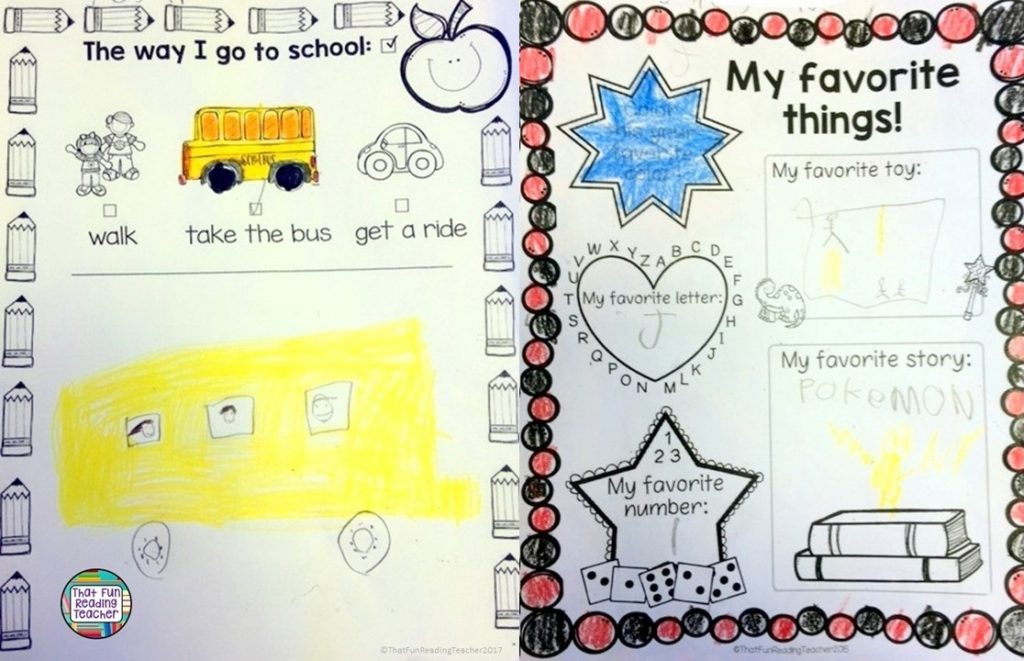Back to School Anxiety is very real for our students and for us! Here are some teacher tips for managing both! This post is an update from the vault after four more years of experience and in the context of our new reality.
Anxiety symptoms:
Symptoms of anxiety are a common complaint by many anticipating the transition back to school. It is difficult to break the cycle of muscle tension, breathing difficulties, insomnia and ‘what-if’ing. Having spent twenty-four years teaching little people, and being a known anxious person, one might say I’ve got the inside scoop.
Back to school stressors:
Back to School is a season of great anticipation, and many unknowns. As much as we prepare, there is so much we can not control! These are the most anxiety producing factors of all. Once in a situation, one is not nearly as anxious as the period of anticipation. Kids have a difficult time understanding this.
They feel the energy of the adults in their lives, too.
All too familiar are the criers and busing headaches that the first week brings. Thank goodness we can bring our optimism, hope, energy, health, gratitude, gifts and laughter, too.
And, of course, we now add the new layer and weight of physical distancing to our already full plates.
Here are some tips for managing Back to School anxiety (for teachers!):
Before school starts:
-
Set flexible, realistic goals for the first day and week back based on establishing trust, expectations and routines. Anxiety melts away when adults and children know what to expect, who they can count on and feel safe. Kids needing extra reassurance will benefit from social scripts or stories that model relatable characters managing anxiety, like these.
- Prepare a welcome letter to send home on the first day of school (or email ahead of time, if possible!) introducing yourself, and giving parents and caregivers an idea of what to expect this year, particularly in the coming month. Ask for written confirmation of the students’ transportation arrangements, and specify how you would like changes to be communicated. It is also a good idea to include how to reach you.
-
Consider if sending your own ‘Getting to know your child’ form in addition to your letter and the school’s annual update form, and possible other items going home, is beneficial. I do a fun, This is Super Special Me! (All About Me) booklet throughout the first week. Click here for free sample pages of this resource!
These are two of the pages in This is Super, Special Me! While I often put these in a booklet for the first week, I often skip ahead to ‘The way I go to school’ and fit it in fairly early on the first day. It’s good for cross-checking dismissal information with the student’s belief about how they are getting home and sorting out any discrepancies!
- Exercise every day, and breathe deeply, reminding yourself that your priorities are in order, and you’re in good company (we’re all feeling the very same way!)
- Watch this, have a laugh, and realize that on the anxiety continuum, “Hey, I’m doing great!”
The first day of school:
-
Arrive early and take some time to just close your eyes, breathe and reassure your self that today will be a good day. You are prepared. Your intentions are good. You are realistic. You are safe.
-
Post your name and grade if you’re picking up your class from a communal area (or follow the protocol of your school)
-
If students are arriving without knowing which class they are in, post the list on chart paper where it can be seen quickly and over a crowd and ensure with your colleagues that your lists are in grade order
-
Wear a mask and name tag, and bring a clipboard with you to pick up your students.
-
Confirm [and write down] upon arrival how each student is getting home on this, the first day of school, and the usual routine. (It’s amazing how many kids go out for ice-cream with Grandma on the first day, and start their real home-time routine on the second day!)
-
If you’re busy getting dismissal details from parents, have a plan for occupying your students. If you are in your classroom, consider putting some Back to School stories on a smartboard (I had an audio cassette for my students in the earlier years), start a simple game that they can continue while you speak to parents (i.e. Simon says, charades etc.)
Assess the situation once you have the class to yourself
Once the parents have gone, assess how your students are doing. Get attendance out of the way. Most years, I have had everyone come to the carpet and started with a little intro and story, but last September was different. I had completely made over the classroom that my SK students had been in the year before, and they were in awe. They just wanted to explore and play. My JKs were slow to enter, and a few were teary. One was very anxious.
“You really want to get playing, don’t you?” I asked my SKs. They eagerly nodded yes. I asked them if they liked how the room looked, and they said they loved it. I told them that it could always look this way if we all worked together like a team and put things away when we were finished with them. They said they would, and off they went, giving me time to attend to the JKs. I was able to do this with my class of 15. I don’t know if it would have worked with a large class.
The weeks before March Break, I had an average of 6-12 of my 15 students each morning at the bell, and the final days before, I too was sick. The best thing we did was head outside. The days were getting a bit warmer, and it gave me a chance to catch up on things with small groups and individuals. If parents are not at the fence, I would think it would be a nice way to ease in to school, too.
What are your start up plans this year?

Related:
When I Feel Anxious 2 book pack (short video preview below):







Leave a Reply